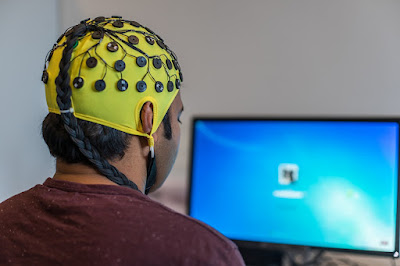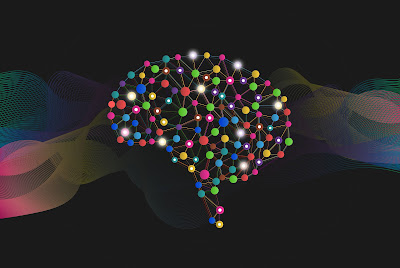Harnessing the Power of Neuroscience to Business and the Real World: Neuromarketing
Harnessing the Power of Neuroscience for Business Success: Exploring Neuromarketing
Have you ever considered the profound impact of neuroscience on business and marketing? In the fast paced world of marketing, understanding the inner workings of the human brain has become an invaluable asset.
Neuromarketing is an interdisciplinary field that combines
neuroscience, psychology, and marketing to uncover the hidden drivers behind
consumer behavior. By utilizing advanced techniques such as brain imaging, eye
tracking, biometric measurements, magnetic resonance imaging (fMRI), and
electroencephalography (EEG), neuromarketing provides unprecedented insights
into consumers' thoughts, emotions, and decision-making processes. This
powerful discipline has revolutionized the way businesses connect with their
target audiences, leading to more effective strategies and impactful campaigns.
In this article, we will delve into the exciting world of neuromarketing.
What is Neuromarketing?
Neuromarketing dives deep into the subconscious mind,
surpassing traditional surveys and self-reporting methods. It uncovers valuable
information about consumers, such as their preferences, decision-making
processes, and emotional responses. By examining neural responses to various
stimuli, marketers can gain a deeper understanding of consumer behavior,
leading to the creation of tailored experiences that resonate on a profound
level.
Impacts on Business and Marketing
1. Understanding Consumer Behavior at a Deeper Level: Optimizing Advertising and Branding
Neuromarketing allows marketers to go beyond traditional market research methods by examining the subconscious aspects of consumer behavior. Through techniques like fMRI and EEG, researchers can measure brain activity and identify neural patterns associated with consumer responses. By analyzing these neural responses to visuals, messages, and emotional cues, marketers can gain insights into the emotions triggered by specific stimuli such as advertisements, product packaging, or website designs. This deeper understanding helps businesses craft more effective marketing strategies, leading to greater engagement and increased brand loyalty.
2. Personalized Marketing and Customer Experience
Neuromarketing empowers businesses to tailor marketing
messages and customer experiences based on individual preferences. Neuroscience techniques
provide objective data on how the brain processes information. By analyzing
brain responses to different stimuli, companies can deliver personalized
content, offers, and recommendations that resonate with consumers on a personal
level. This knowledge enables them to create content that appeals to consumers, driving brand preference and influencing purchasing
decisions.
3. Testing Prototypes and Product Variations
Neuromarketing techniques provide a scientific framework for
testing new ideas and innovations. Companies can assess consumer reactions to
prototypes, product variations, or new features by measuring neural responses.
This approach minimizes guesswork and enables data-driven decision-making,
leading to more successful product launches and innovations.
Neuromarketing in Action: Real Examples
Coca-Cola utilized functional MRI and EEG scans to study brain activity of their advertisement viewers during their global marketing campaign. The aim was to create attention-grabbing and happiness-inducing advertisements. Through neuromarketing, Coca-Cola successfully elicited positive emotions and increased brand affinity.
Apple conducted EEG studies to understand consumers' emotional reactions to product designs. They found that curvilinear designs evoked better emotional responses than linear designs. This insight influenced Apple's product line, resulting in the inclusion of curvaceous lines in products such as the iPhone 6S and MacBook Pro Retina display.
Philips conducted an fMRI study to select packaging for
their ultra-light iron. By testing visuals with left and right hands holding
the iron, they discovered that the left-handed packaging evoked negative
emotions, while the right-handed image generated attention, trust, and positive
expectations. Based on these findings, Philips chose the packaging with the
right hand holding the iron to appeal to buyers and increase purchases.
The Power of Neuromarketing
References
Chi, C. (2022, July 10). How Neuromarketing Can Revolutionize the Marketing Industry [+Examples]. Hubspot. https://blog.hubspot.com/marketing/neuromarketing
Küçün, N.T. (2022 December 27).How Brands Are Using Neuromarketing To Understand Consumer Behavior. Iienstitu. https://www.iienstitu.com/en/blog/which-brands-are-using-neuromarketing









Comments
Post a Comment